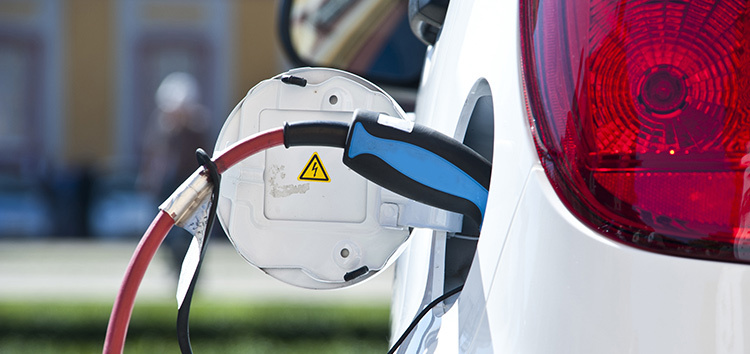The up-to-15-year lifespan of electric vehicle (EV) batteries – and their ability to gain a second life in stationary storage systems – is likely to mean a scramble among the world's ever growing number of recycling companies in the years ahead.
A potential bidding war for the rest of the decade, in which Chinese recyclers are expected to hold all the cards, has been predicted by U.S.-owned analyst Wood Mackenzie which, in a note issued yesterday, again stressed the importance of North America and Europe establishing their own battery manufacturing supply chains.
With recyclers around the world announcing plans to ramp up their capacities “quite aggressively,” according to Verisk-owned WoodMac, a lack of end-of-life products is likely to see the industry starved of feedstock.
Raw material sourcing
Though EV rates are rising rapidly, the long life of batteries is likely to cause “a scramble” among recyclers for products to work with. In such a scenario, recycling facilities based near battery manufacturing plants will have the upper hand, as Chinese recyclers currently do. At present, said WoodMac in a press release yesterday, “Chinese recyclers benefit from greater integration with nearby cathode production plants, so [they] can regularly bid much higher prices for used batteries than their Western counterparts.”
Unless North America and Europe establish their own EV battery supply chains, warned WoodMac, “China will remain the most appealing location for battery recycling.” If that happens, research analyst Max Reid said, only the biggest of new entrants into the battery recycling sector outside China are likely to survive long enough to reap the longer term rewards of the EV transition.
The expected scramble for dead batteries could at least drive more value into the products. Right now, it is cheaper and faster to manufacture new EV batteries than to recycle them and producers are focusing on ever cheaper raw materials.
The analyst said a new battery cathode plant, for example, can churn out 50 kilotons per year of materials for NMC (nickel-manganese-cobalt) batteries, enough to kit out 400,000 EVs. The typical battery recycling facility, however, only produces 5-10 kilotons per year – the equivalent of 30,000 devices.
With battery companies exploring new technology, such as solid-state devices, the recycling industry could be about to get even more complex, as WoodMac's Reid pointed out when he said: “This decade will see the [new battery] supply chain further establish itself to be able to supply vast quantities of battery-grade chemicals and cathodes to cell manufacturers whilst recyclers will struggle with the large mass and complexity of EV packs.”
This content is protected by copyright and may not be reused. If you want to cooperate with us and would like to reuse some of our content, please contact: editors@pv-magazine.com.




3 comments
By submitting this form you agree to pv magazine using your data for the purposes of publishing your comment.
Your personal data will only be disclosed or otherwise transmitted to third parties for the purposes of spam filtering or if this is necessary for technical maintenance of the website. Any other transfer to third parties will not take place unless this is justified on the basis of applicable data protection regulations or if pv magazine is legally obliged to do so.
You may revoke this consent at any time with effect for the future, in which case your personal data will be deleted immediately. Otherwise, your data will be deleted if pv magazine has processed your request or the purpose of data storage is fulfilled.
Further information on data privacy can be found in our Data Protection Policy.